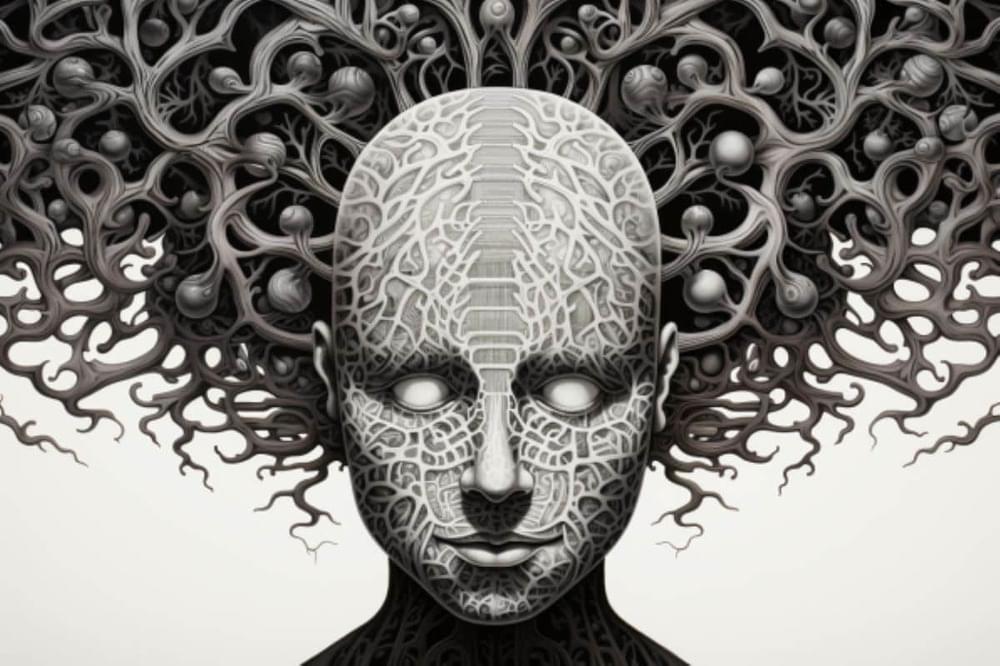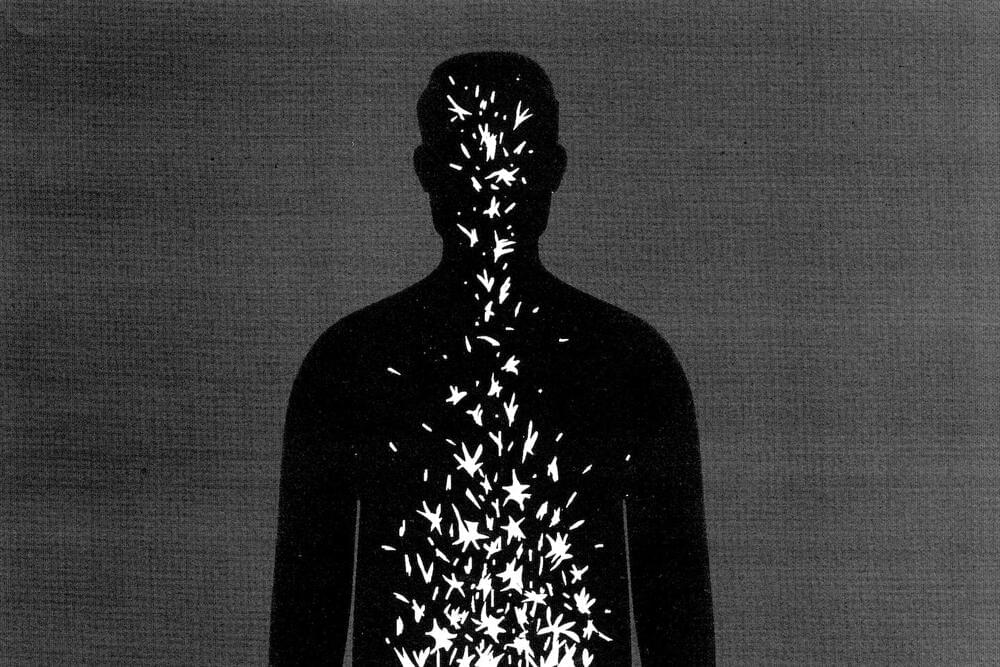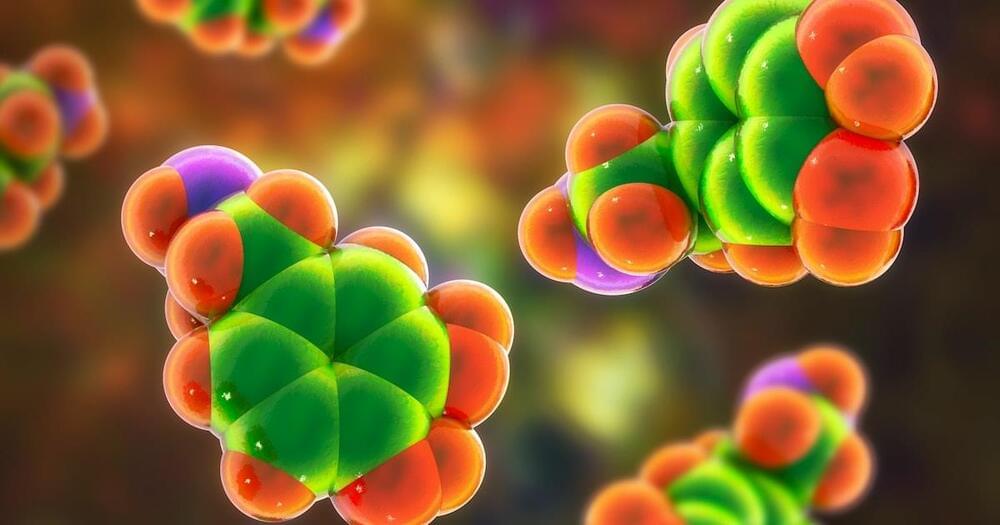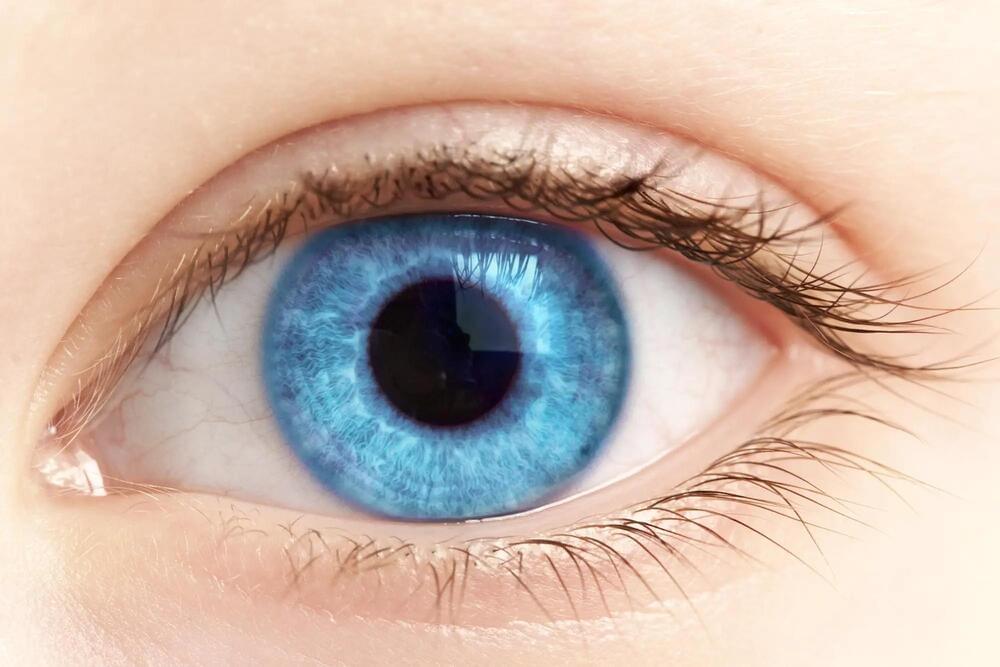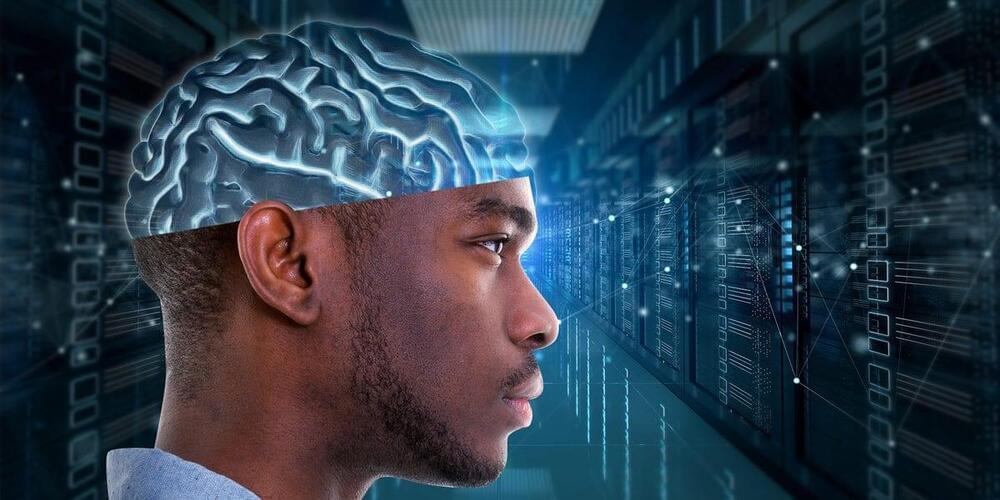Sep 28, 2023
New study provides evidence for more effective brain-based treatment of chronic back pain
Posted by Saúl Morales Rodriguéz in categories: biotech/medical, neuroscience
A new study in JAMA Network Open may provide key answers to how to help people experiencing chronic back pain.
The study examined the critical connection between the brain and pain for treating chronic pain. Specifically, they looked at the importance of pain attributions, which are people’s beliefs about the underlying causes of their pain, to reduce chronic back pain severity.
“Millions of people are experiencing chronic pain and many haven’t found ways to help with the pain, making it clear that something is missing in the way we’re diagnosing and treating people,” said the study’s first author Yoni Ashar, Ph.D., assistant professor of internal medicine at the University of Colorado Anschutz Medical Campus.



